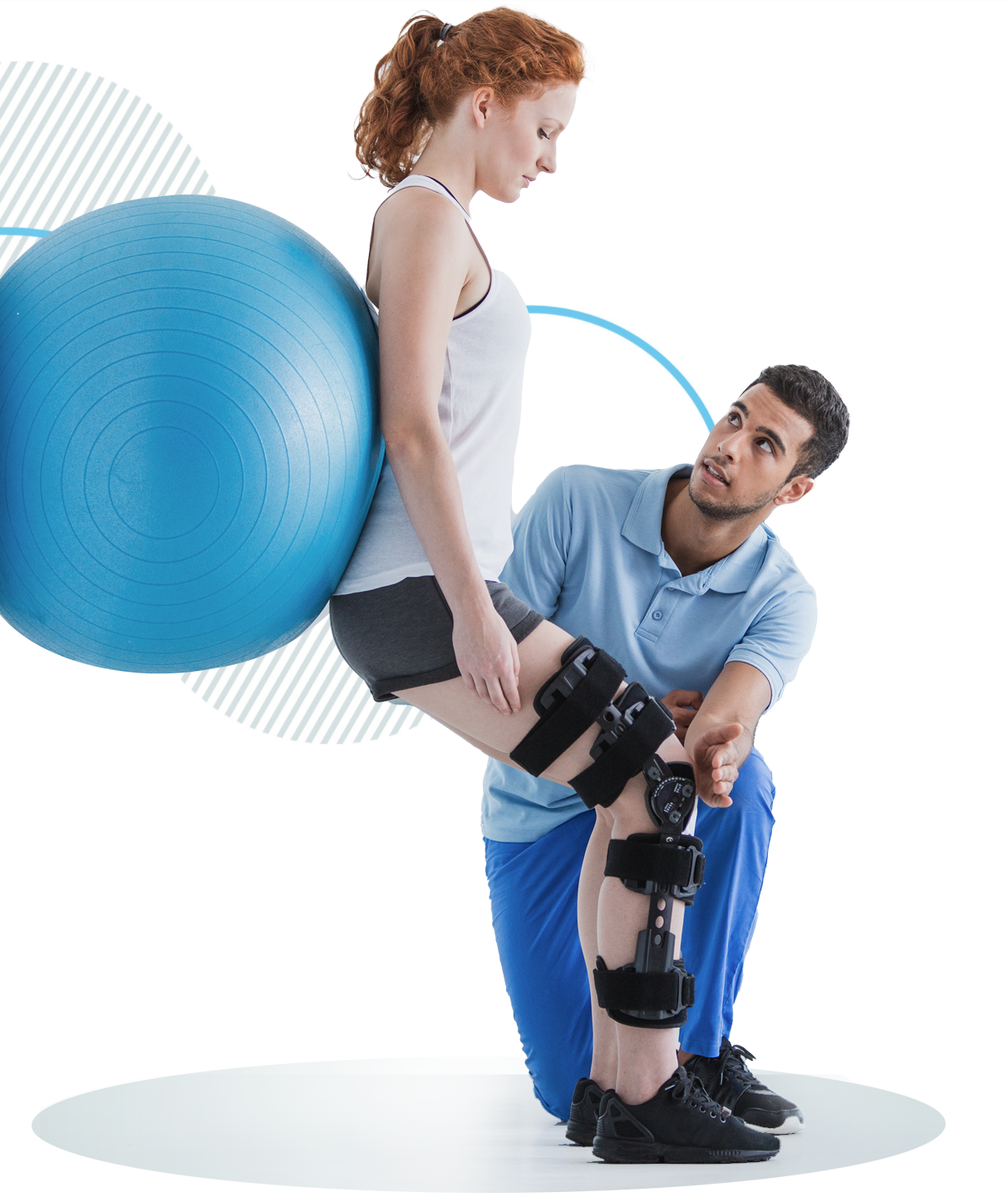One of the frequently commonly seen traumas in athletics is the ankle sprain. This trauma often occurs when an athlete touches down awkwardly or rotates their ankle during a game. Signs of an ankle sprain include pain, inflammation, and difficulty moving. Immediate care typically includes the R.I.C.E. method, which stands for Rest, Ice, Wrapping, and Lifting. This method aids reduce inflammation and pain. In severe severe situations, physical treatment may be required to restore power and flexibility to the foot before going back to athletics.
Another frequent injury is a muscular strain, which can occur in any athletic activity that requires quick movements or intense weight-bearing. Sportspeople may suffer a muscle strain when they extend a muscle too much or when they exert too great force. Symptoms include acute pain, swelling, and muscle contractions. Recovery for muscular injuries often includes gentle flexibility exercises and strengthening workouts. Gradually raising activity levels is crucial to prevent recurrence. Athletes should work closely with a rehabilitative therapist to create a safe and efficient rehabilitation strategy.
Tendon inflammation is another injury that can affect sportspeople, particularly those who participate in frequent movements, such as joggers or aquatic athletes. This condition happens when a tendon, which connects muscle to bone, look at this now gets swollen. Frequent locations involved by tendonitis include the elbow, shoulder, and knee. Symptoms often include discomfort and rigidity, especially during activity. Treatment for tendon inflammation usually includes rest, ice, and pain-relief drugs. In certain situations, rehabilitative therapy may be recommended to improve flexibility and strength in the injured area.
Preventing athletic traumas is just as crucial as addressing them. Sportspeople can reduce their risk of trauma by warming up properly before events, using the appropriate gear, and maintaining good physical condition. Power conditioning and flexibility exercises can help ready the physique for the demands of sports. Additionally, athletes should listen to their physical condition and allow rest when needed. By comprehending frequent athletic injuries and implementing efficient recovery plans, sportspeople can stay fit and participate in their beloved athletic activities for a long time to follow.
